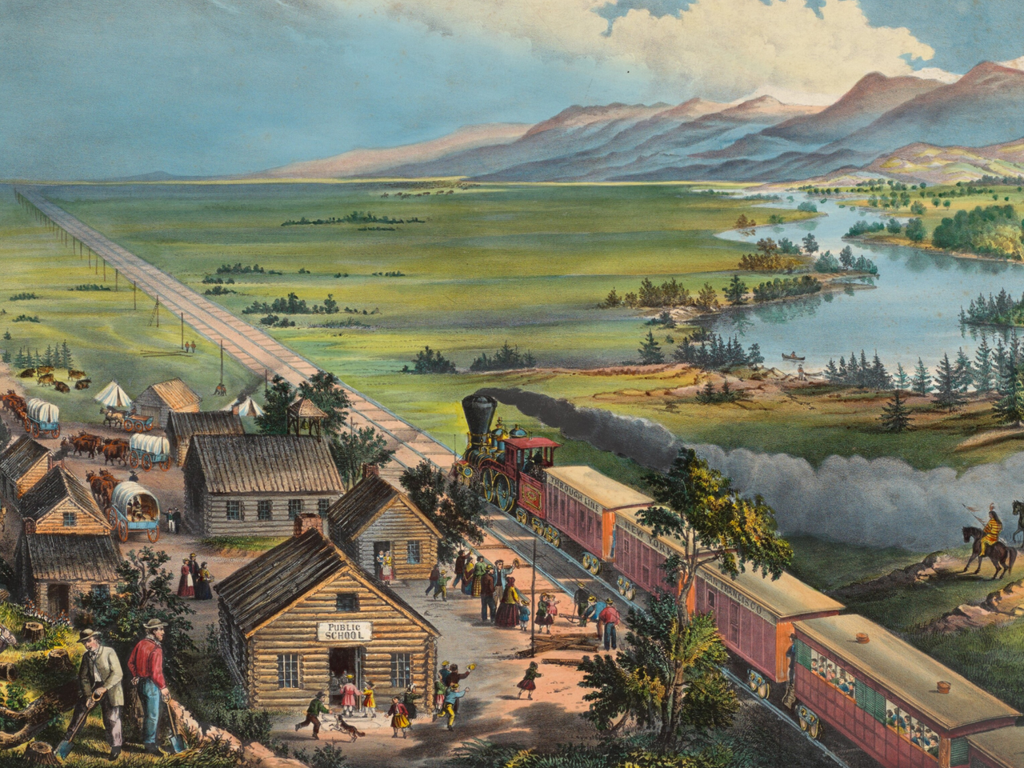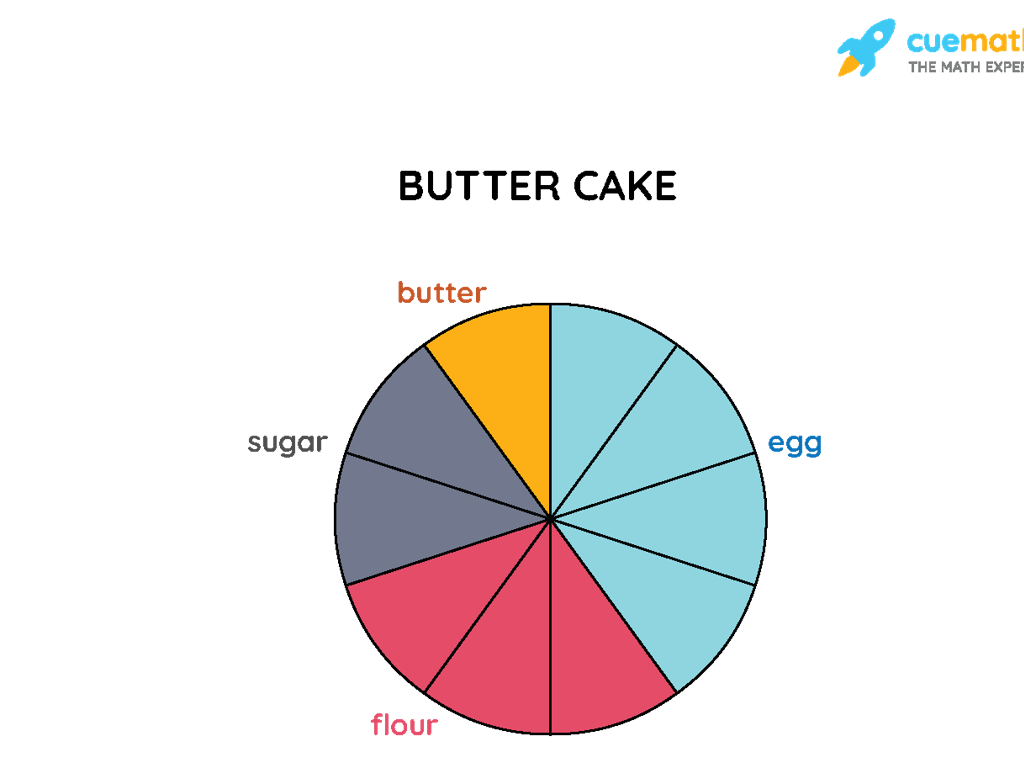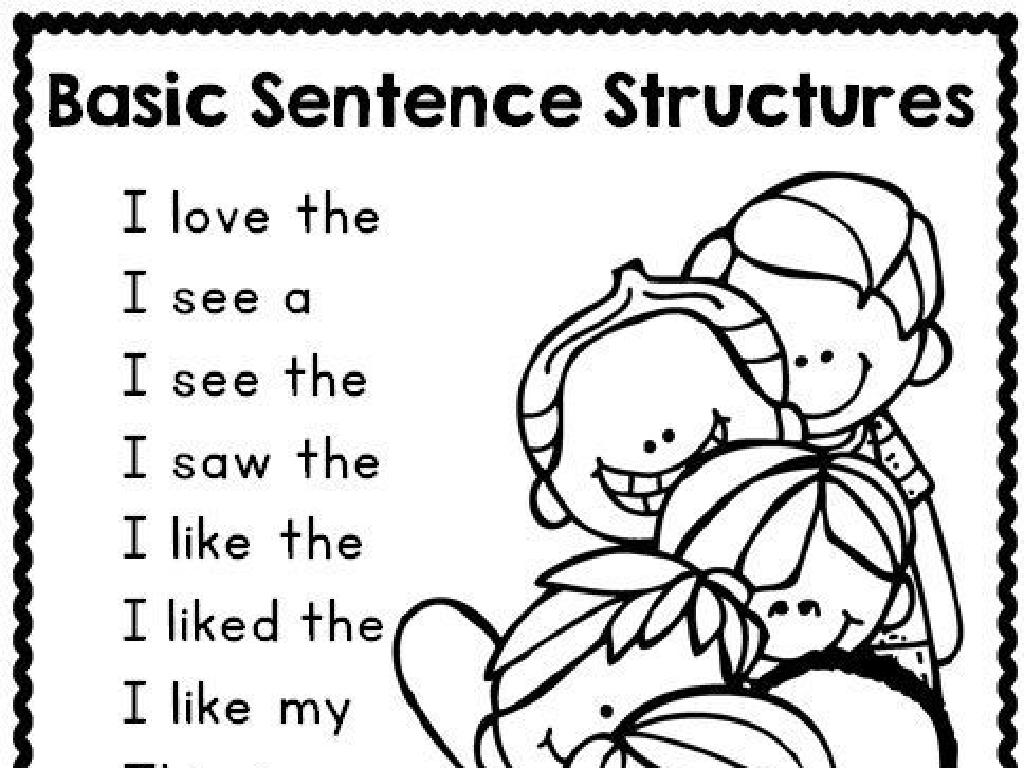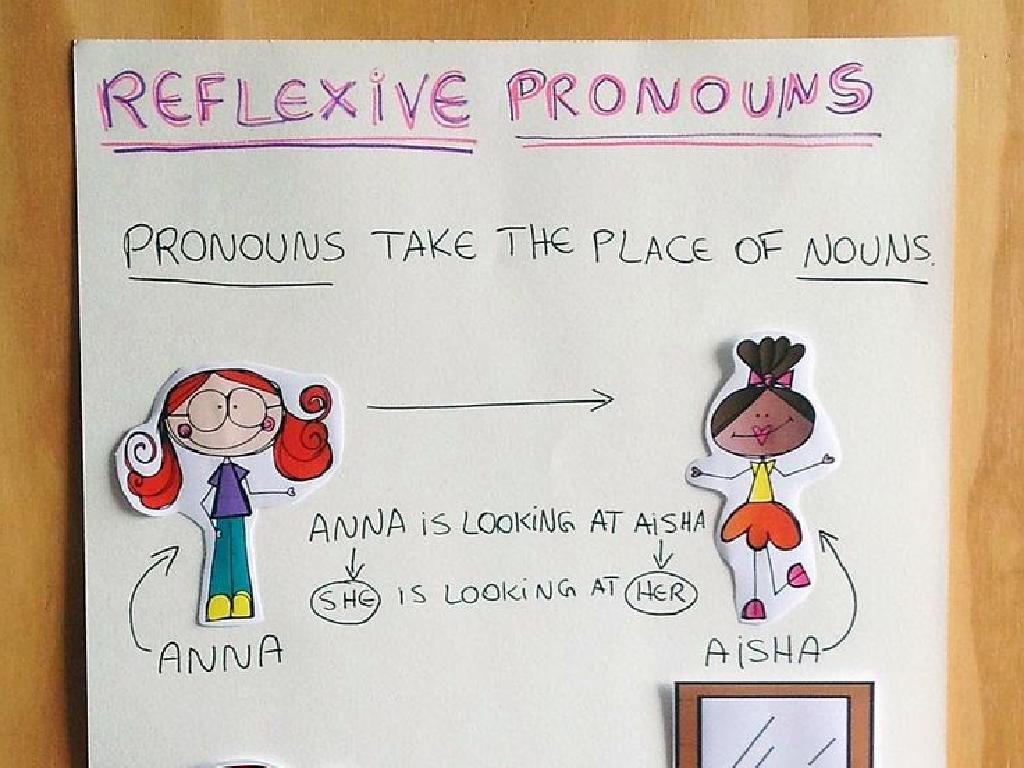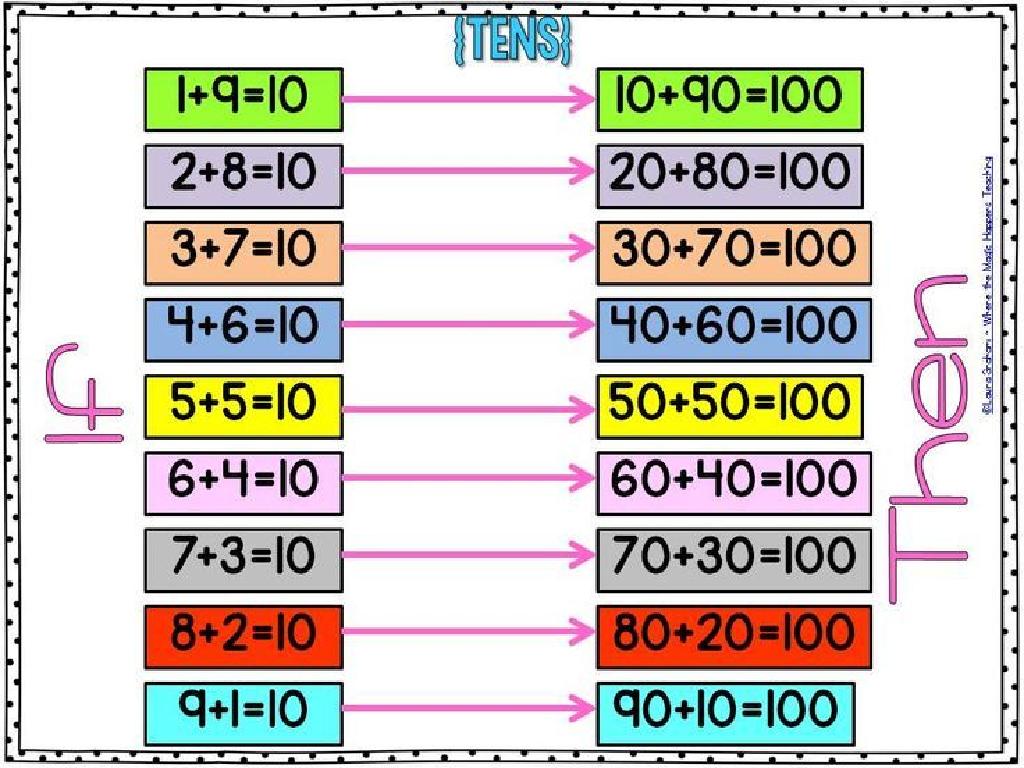Use Data To Describe U.S. Climates
Subject: Science
Grade: Third grade
Topic: Weather And Climate
Please LOG IN to download the presentation. Access is available to registered users only.
View More Content
Exploring U.S. Climates
– Learn about U.S. climates today
– Describing climates with data
– Look at temperature, rainfall, and seasons
– Understanding Weather vs. Climate
– Weather is day-to-day, climate is long term
– Climate affects our daily lives
|
This slide introduces the concept of weather and climate, specifically focusing on the climates within the U.S. Begin by explaining that climate is the average weather in a place over many years, while weather is what the atmosphere is like at any given time. Use data such as temperature ranges and precipitation to describe the different climates found across the U.S. regions. Discuss how climate can influence what we do each day, what we wear, and the types of plants and animals that can live in an area. Encourage students to think about their local climate and how it compares to other parts of the country.
Understanding Weather
– Weather is the sky’s activity
– Examples: Sunny, Rainy, Windy, Snowy
– Think: Clear sky, raindrops, breezy, snowflakes
– Weather changes often
– It can be sunny now and rainy in an hour
– Weather vs. Climate
– Weather is short-term, climate is long-term
|
This slide introduces the concept of weather to third-grade students. Begin by explaining that weather is what we see and feel in the air and sky around us at any moment. Use simple examples like a sunny day or a rainy afternoon to illustrate different types of weather. Highlight how weather can change quickly, which is why it might be sunny in the morning but could rain in the afternoon. It’s important to differentiate between weather and climate; weather is short-term and changes often, while climate is the average weather over a long period. Encourage students to share their own experiences with sudden weather changes to make the lesson interactive.
Understanding Climate
– Climate vs. Weather
– Climate is the usual pattern of weather over a long time, unlike day-to-day weather.
– Types of Climates
– Examples include Tropical (warm), Desert (dry), Polar (cold), and Temperate (mild seasons).
– Climate Consistency
– Unlike weather, climate doesn’t change much; it’s what we expect season to season.
– Climate in the U.S.
|
This slide introduces the concept of climate and how it differs from daily weather. It’s important to convey that climate is the expected weather conditions in a region over a long period, typically over 30 years. Provide examples of different climate types, such as tropical, desert, polar, and temperate, and explain the characteristics of each. Emphasize that while weather can change day by day, climate is relatively stable and predictable over time. Discuss the various climates found across the U.S. and how they affect the way people live in different regions. Encourage students to think about the climate they experience where they live and how it compares to other types of climates.
Exploring U.S. Climate Zones
– Diversity of U.S. climate zones
– Southeast: humid climate example
– The Southeast has lots of moisture, feels muggy
– Southwest: dry climate example
– The Southwest is arid, with very little rain
– Climate zones predict weather patterns
|
This slide introduces students to the concept of different climate zones across the United States. It’s important to explain that a climate zone is a region with specific weather patterns over time. Provide examples like the humid Southeast, where it’s often wet and sticky, and the dry Southwest, where it’s usually hot with very little rain. Emphasize that understanding these zones helps us predict the kind of weather we might experience in these areas. Encourage students to think about their own region and what climate zone it might fall into, and how the weather can change with the seasons within these zones.
Gathering Weather Data
– Scientists use tools for weather
– Thermometers measure temperature
– A tool that tells us how hot or cold it is
– Rain gauges measure rainfall
– A tool that collects rain and shows how much fell
– Importance of accurate data
|
This slide introduces students to the tools scientists use to gather data about the weather, which is an essential part of understanding U.S. climates. Emphasize the role of a thermometer in measuring temperature, explaining that it can tell us if it’s hot or cold outside, which is crucial for determining the climate of an area. Discuss how a rain gauge collects rainwater and helps us know the amount of rainfall, which influences the climate as well. Highlight the importance of accurate weather data in understanding and describing different climates across the U.S. Encourage students to think about how the weather changes with seasons and how different climates might affect what people do every day.
Describing U.S. Climates with Data
– Data tells us about climate
– Climate is the usual weather in a place over a long time
– Temperature and rainfall matter
– These are key indicators of climate patterns
– Data guides our clothing choices
– Knowing the climate helps us decide on jackets or shorts
– It influences our activities
– Helps us plan for indoor or outdoor fun
|
This slide introduces students to the concept of using data to describe different climates in the U.S. Emphasize that climate is about long-term patterns, not daily weather. Temperature and rainfall are two important pieces of data that tell us what the weather is usually like in a place. This information is useful for everyday decisions like what to wear or what activities we can do. For example, in a rainy climate, we wear raincoats and boots, and in a sunny climate, we might plan more outdoor activities. Encourage students to think about their own climate and what data might describe it.
Activity: Climate Detectives!
– Become a climate detective
– Examine weather data clues
– Look at temperature, rainfall, and seasons
– Work in teams on U.S. climates
– Each group gets a different region
– Describe each climate’s traits
– Use words like ‘hot’, ‘cold’, ‘dry’, ‘wet’
|
In this engaging class activity, students will work in small groups to analyze weather data and infer the climate of different regions in the U.S. Provide each group with a set of data including temperature ranges, precipitation levels, and seasonal changes. Encourage them to use descriptive words to characterize each climate. For example, one group might describe a desert climate as ‘hot and dry’ while another describes a mountainous climate as ‘cold and snowy’. This activity will help students understand the diversity of U.S. climates and how data can provide insights into weather patterns. Possible variations for different groups could include coastal climates, plains, deserts, and tropical regions within the U.S.
Class Activity: Our Classroom Weather Station
– Build our weather station
– Measure temperature & rainfall
– Use a thermometer and rain gauge
– Record and track the data
– Use charts to keep track daily
– Share findings with classmates
– Discuss how weather varies across U.S.
|
Today’s activity involves hands-on learning by creating a classroom weather station. Provide students with a thermometer and a rain gauge to measure the day’s temperature and rainfall. Teach them how to read the instruments and record the data accurately. Have a chart or board ready for daily tracking. This will help students understand how to collect and interpret weather data. Encourage them to share their findings with the class to foster a collaborative learning environment. As an extension, discuss how weather can differ in various parts of the U.S. and why that might be. Possible activities include comparing their data with other regions, creating a weather journal, or even connecting with a classroom in a different climate zone to exchange weather information.
Conclusion: Climate Detectives Wrap-Up!
– Excellent work, Climate Detectives!
– Describing climates with data
– We used temperature and rainfall data to understand different U.S. climates
– Climate vs. Weather
– Climate is the usual pattern; weather is day-to-day
– Keep observing and learning
|
As we wrap up our lesson on U.S. climates, congratulate the students on their hard work as Climate Detectives. Reinforce the concept that climate is the general weather conditions typically expected in a region over a long period, while weather is the condition we experience daily. Emphasize the importance of using data like temperature and precipitation to describe different climates. Encourage the students to continue observing the weather patterns and to think about what kind of climate they live in. Ask them to share any interesting weather observations they make outside of school, fostering ongoing curiosity and connection to the real world.

